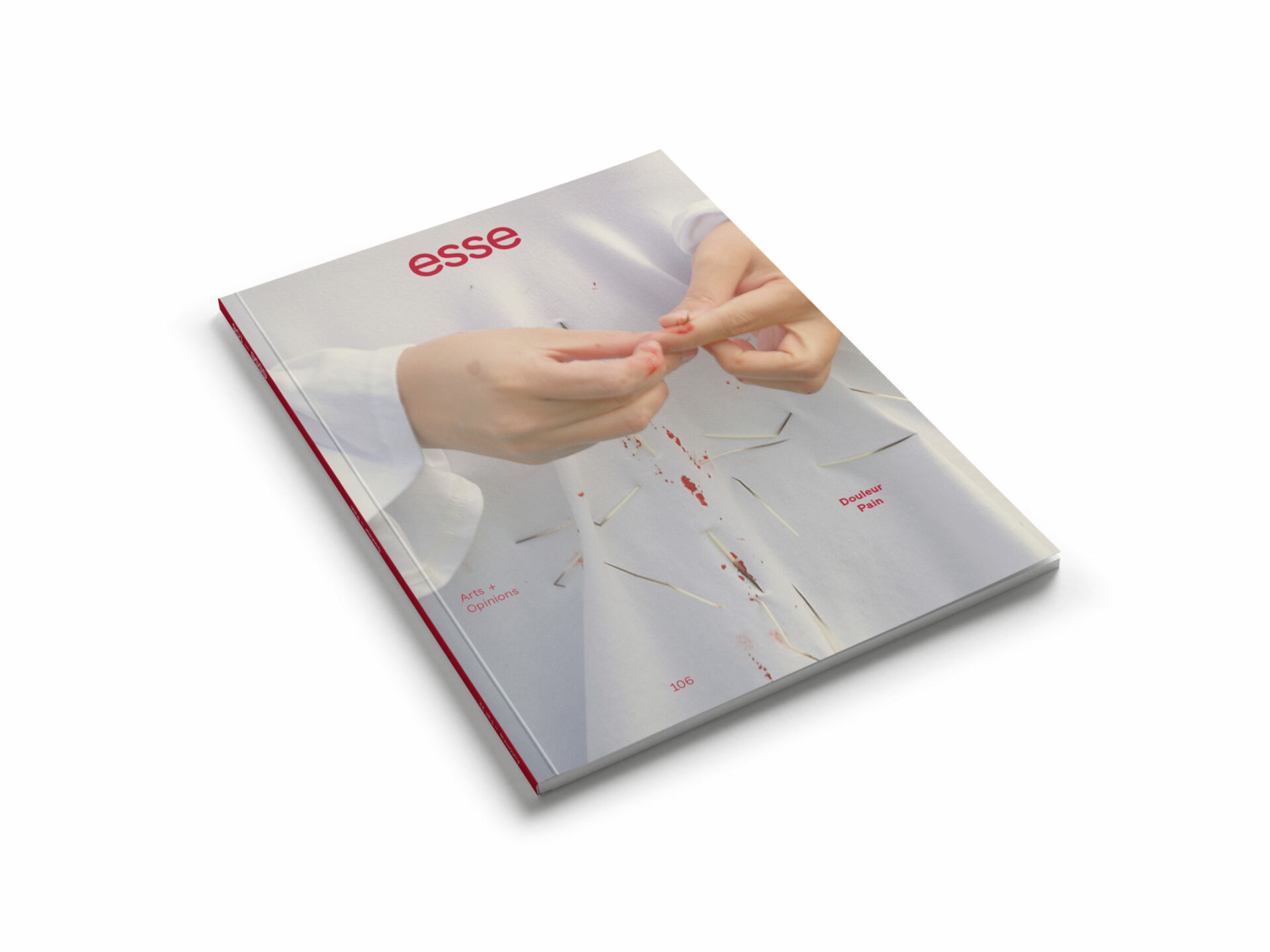
Photo: Liquid Motion Film, courtesy of the artist
Laura Magnusson’s Blue: A Somatic Archive of Pain
Literary scholar Elaine Scarry speaks to the (at times) inexpressible nature of pain: “When one hears about another person’s physical pain, the events happening within the interior of that person’s body may seem to have the remote character of some deep subterranean fact, belonging to an invisible geography that, however portentous, has no reality because it has not yet manifested itself on the visible surface of the earth.”1 1 - Elaine Scarry, The Body in Pain: The Making and Unmaking of the World (Oxford: Oxford University Press, 1985), 3. Blue (2019), a fourteen-minute moving-image work, invites viewers to take a deep dive into the complex and multifaceted pain that results from sexual violence.2 2 - Laura Magnusson, lauramagnusson.com. Very much subterranean, such pain lingers in both the body and the mind. The artwork, born out of a desire to articulate what Magnusson was not permitted to share in court, appears as an embodied testimony to her felt experiences of trauma. By casting her body as a somatic archive and positioning it in a watery environment, Magnusson presents a spatiotemporal reconfiguration of sexual trauma and lingering pain, hence developing a language for what otherwise cannot be expressed.
